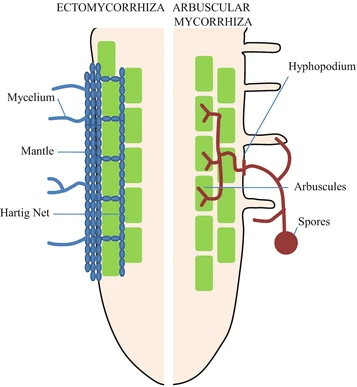My first week volunteering in the Root Lab!
I just started volunteering at the Morton Arboretum Root Lab! The Morton Arboretum is like a zoo, but for trees. I used to attend summer camp there when I was a kid. They have lots of nice gardens and trails for visitors. They also have several tree research labs!
The Root Lab studies tree roots and their associated symbiotic fungi. One big question is phenology: the timing of seasonal events. What are trees up to, and when? PhD student Kelsey wrote about the tools used in the root lab on her blog.
Everyone in the lab is super nice! I can’t overstate how important that is. I’m volunteering there partly to figure out what I’m looking for in a PhD, and getting to know the kind people of the Root Lab has further convinced me that lab culture should be a top priority when choosing a lab.
For my first couple days, I helped by pipetting various liquids (including dirt slurries, yum). They have a collection of frozen soil samples from different tree species and times of year, and the goal of the experiment is to determine the fungal enzyme activity in each sample. Fungi break down compounds in the soil so trees can absorb essential nutrients like carbon, nitrogen, and phosphorus. The experiment is testing for four enzymes involved in nutrient cycling. The resulting data should show which nutrients are being cycled and when.
Here is a diagram showing two types of root-associated fungi. Ectomycorrhizal fungi grow between the root cells, while arbuscular mycorrhizal fungi grow into the root cells. Pretty cool!
